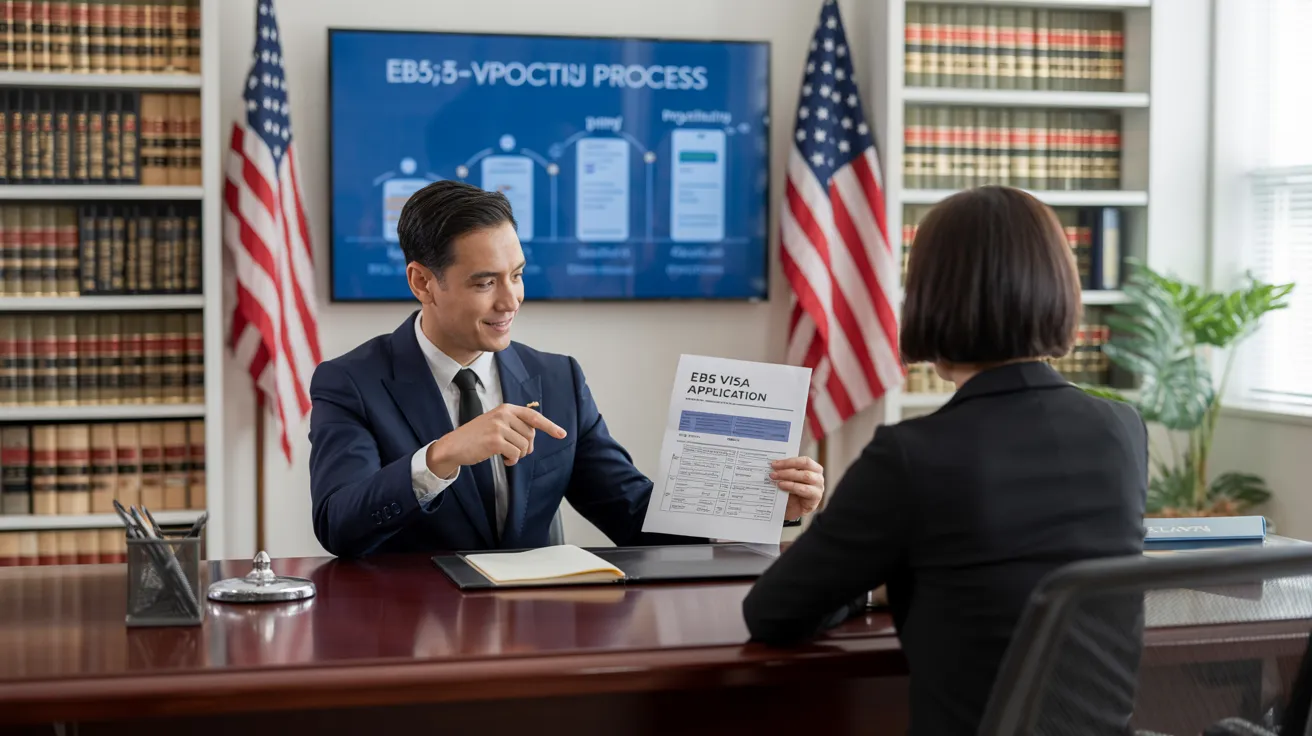The Basic Principles Of L1 Visa
Table of ContentsUnknown Facts About L1 VisaAbout L1 VisaHow L1 Visa can Save You Time, Stress, and Money.L1 Visa - Questions10 Easy Facts About L1 Visa ExplainedL1 Visa - The Facts
Offered from ProQuest Dissertations & Theses Worldwide; Social Scientific Research Costs Collection. DHS Workplace of the Assessor General. Obtained 2023-03-26.

U.S. Department of State. Recovered 22 August 2016. "Employees paid $1.21 an hour to install Fremont tech firm's computer systems". The Mercury Information. 2014-10-22. Obtained 2023-02-08. Costa, Daniel (November 11, 2014). "Little-known temporary visas for international tech employees depress salaries". The Hillside. Tamen, Joan Fleischer (August 10, 2013). "Visa Owners Change Workers".
The Best Guide To L1 Visa
In order to be eligible for the L-1 visa, the international firm abroad where the Beneficiary was used and the U.S. firm need to have a certifying partnership at the time of the transfer. The various kinds of qualifying relationships are: 1. Parent-Subsidiary: The Parent means a company, firm, or other lawful entity which has subsidiaries that it has and controls."Subsidiary" means a firm, corporation, or other legal entity of which a parent owns, directly or indirectly, greater than 50% of the entity, OR owns much less than 50% but has administration control of the entity.
Instance 1: Business A is included in France and employs the Beneficiary. Business B is integrated in the U.S. and wants to petition the Recipient. Company A has 100% of the shares of Business B.Company A is the Moms And Dad and Business B is a subsidiary. As a result there is a qualifying relationship in between both business and Company B need to have the ability to fund the Beneficiary.
Example 2: Business A is incorporated in the united state and wants to request the Beneficiary. Company B is incorporated in Indonesia and uses the Recipient. Business A has 40% of Firm B. The remaining 60% is possessed and managed by Company C, which has no relationship to Company A.Since Firm A and B do not have a parent-subsidiary partnership, Company A can not fund the Recipient for L-1.
Firm An owns 40% of Firm B. The remaining 60% is possessed by Business C, which has no relation to Company A. However, Business A, by formal contract, controls and complete manages Business B.Since Firm A possesses much less than 50% of Firm B but takes care of and controls the company, there is a qualifying parent-subsidiary partnership and Business A can fund the Beneficiary for L-1.
All about L1 Visa
Associate: An associate is 1 of 2 subsidiaries thar are both had and controlled by the very same parent or person, or owned and controlled by the same team of individuals, in basically the very same ratios. a. Example 1: Business A is integrated in Ghana and employs the Recipient. Business B is integrated in the U.S.
Firm C, additionally included in Ghana, owns 100% of Firm A and 100% of Business B.Therefore, Firm A and Business B are "affiliates" or sister companies and a certifying partnership exists in between both companies. Company B ought to have the ability to fund the Beneficiary. b. Instance 2: Business A is integrated in the U.S.
Firm A is 60% owned by Mrs. Smith, 20% had by Mr. Doe, and 20% possessed by Ms. Brown. Company B is incorporated in Colombia and presently utilizes the Recipient. contact us Business B is 65% owned by Mrs. Smith, 15% had by Mr. Doe, and 20% had by Ms. Brown. Firm A and Business B are associates and have a certifying connection in 2 different ways: Mrs.
The L-1 visa is an employment-based visa classification developed by Congress in 1970, enabling multinational business to transfer their supervisors, executives, or vital personnel to their contact us U.S. operations. It is commonly referred to as the intracompany transferee visa.

Furthermore, the recipient must have worked in a supervisory, executive, or specialized employee setting for one year within the 3 years coming before the L-1A application in the foreign firm. For brand-new office applications, foreign employment must have remained in a supervisory or executive capability if the beneficiary is coming to the USA to function as a supervisor or executive.
L1 Visa Fundamentals Explained

If given for an U.S. firm functional for greater than one year, the initial L-1B visa is for up to 3 years and can be prolonged for an added 2 years (L1 Visa). Alternatively, if the united state company is freshly developed or has been functional for much less than one year, the preliminary L-1B visa is issued for one year, with expansions available in two-year increments
The L-1 visa is an employment-based visa category developed by Congress in 1970, allowing multinational firms to move their managers, executives, or vital personnel to their united state procedures. It is commonly described as the intracompany transferee visa. There are 2 primary sorts of L-1 visas: L-1A and L-1B. These types are appropriate for staff members employed in different placements within a company.
The L1 Visa Statements
Furthermore, the recipient should have operated in a managerial, exec, or specialized worker placement for one year within the 3 years preceding the learn more L-1A application in the foreign company. For brand-new office applications, international work has to have remained in a supervisory or executive ability if the recipient is concerning the United States to work as a manager or executive.
for up to seven years to look after the procedures of the united state associate as an exec or supervisor. If provided for an U.S. business that has actually been functional for greater than one year, the L-1A visa is initially approved for up to 3 years and can be expanded in two-year increments.
If approved for an U.S. business operational for more than one year, the initial L-1B visa is for as much as three years and can be extended for an added 2 years. Alternatively, if the U.S. firm is newly established or has actually been functional for much less than one year, the initial L-1B visa is provided for one year, with expansions offered in two-year increments.
Comments on “L1 Visa Explained”